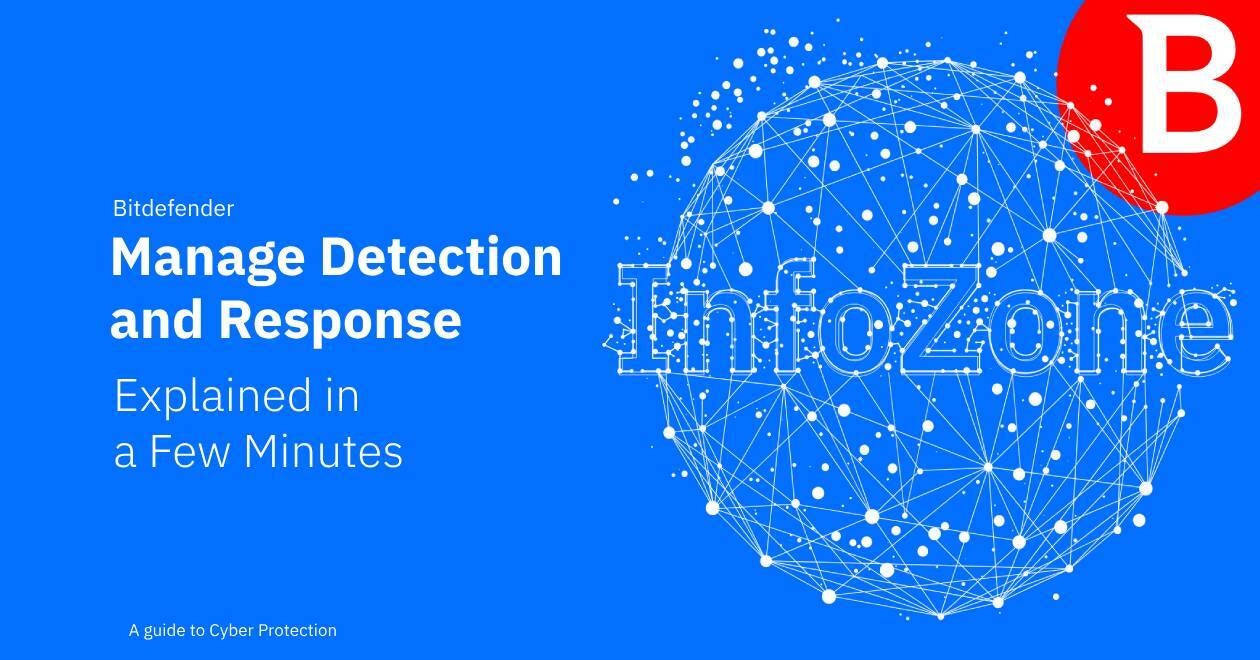The effectiveness of Managed Detection and Response (MDR) hinges on several key components, each playing a key role in the overall security framework:
· Provider-Owned Technology Stack: At the heart of MDR services is a technology stack managed and operated by the provider. This stack is tailored for real-time threat monitoring, detection, and active mitigation. It includes tools like EDR, which are essential for collecting and analyzing security telemetry from various sources, including networks, endpoints, and cloud services.
· Expert Staff: A core component of MDR services is the human expertise behind them. Staff skilled in threat monitoring, detection, and hunting, along with threat intelligence and incident response, engage daily with customer data. They make sure that every aspect of the threat landscape is continuously monitored and addressed.
· Predefined Processes and Detection Content: MDR services rely on specialized detection content, a term that includes a large set of tools and methods used for threat identification. From rules and signatures targeting known malware, to anomaly detection, behavioral patterns that could indicate a security breach, and AI and machine learning algorithms, detection content is continually updated to keep pace with the evolving cyber threats.
· Remote Response Capabilities: Beyond mere alerting and notification, MDR services offer remote mitigation, investigation, and containment activities. Organizations can thus respond swiftly and effectively to threats, even when they lack in-house expertise. This includes restoring systems to their pre-attack state and ensuring comprehensive resolution of each incident.
· Prioritization and Threat Hunting: MDR services distinguish between benign events and true threats through managed prioritization. Human threat hunters proactively search for indicators of attacks so that even the subtle threats are identified and addressed.

